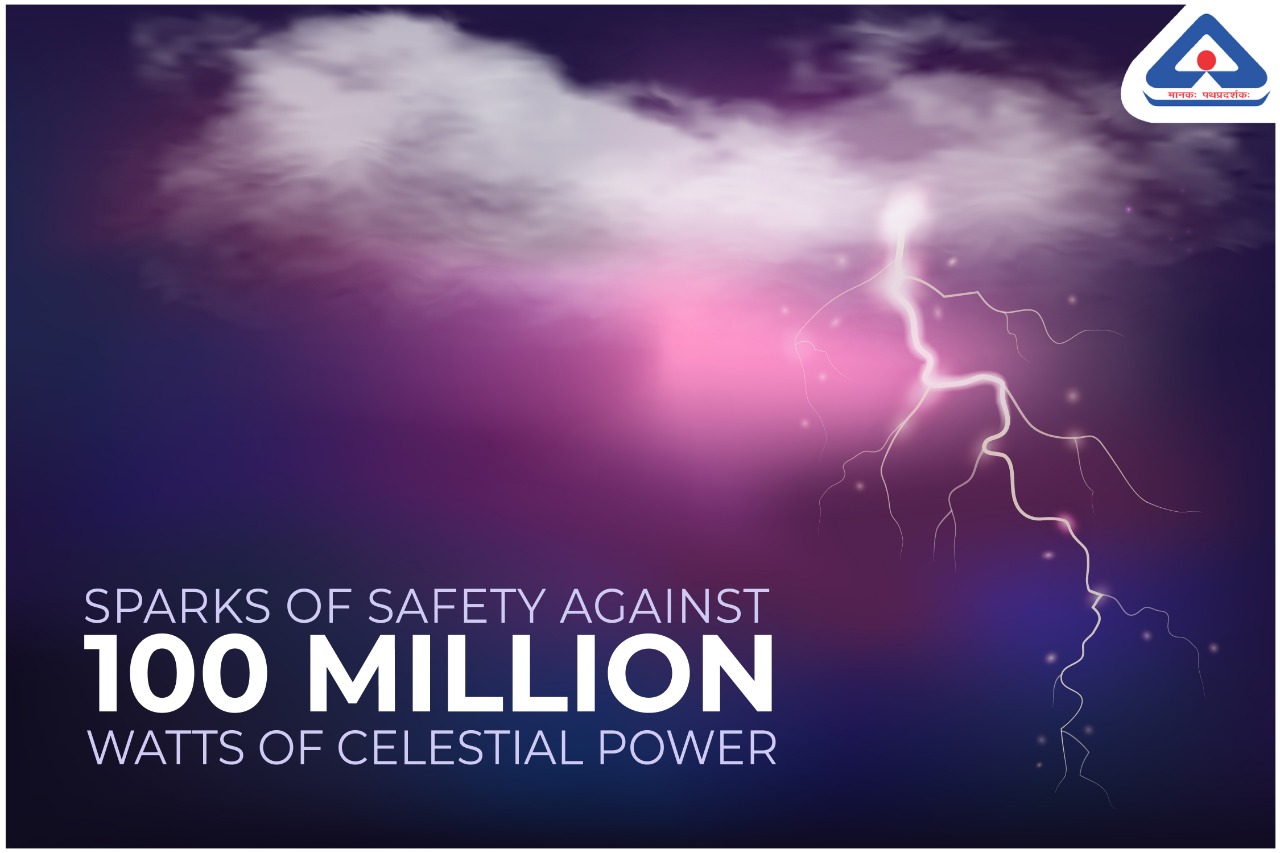

When the sky lights up as if the celestial bodies are posing for a photoshoot, the bigger picture on earth is one of the dire consequences. Thunderstorms and lightning are the most devastating hazards felt in India during recent years and therefore the role of protection devices against lightning cannot be subdued.
Bureau of Indian Standards (BIS) is deeply engaged in the activities of standardisation, marking and quality of goods and related matters. The BIS mark is a widely accepted benchmark of quality assurance. It has also made its mark in standardising lightning protecting devices.
Indian Standards related to lightning protection devices help in ensuring the safety of the buildings, devices and human lives. ETD 20 is responsible for the formulation of Indian Standards for electrical safety and related matters in designing, erection and maintenance of electrical installations. ETD 20 has formulated IS/IEC 62305 series of standards for lightning protection. It was adopted by BIS in 2015, superseding the previous standard IS 2309:1989. The standard reflects an increased scientific understanding of lightning and its effects and takes stock of the growing impact of technology and electronic systems on our daily activities. IS/IEC 62305 series consists of four parts which are as follows; Part 1: General principles, Part 2: Risk Management, Part 3: Physical damage to structures and life hazard and Part 4: Electrical and electronic systems within structures.
Though lightning causes severe damages to life and property, casualties due to lightning can be minimised by creating public awareness, educating people on lightning and surge protection, and more importantly by using standardised products as per Indian Standards and adopting guidelines/code of practices published by the Bureau of Indian Standards.
Written by:
